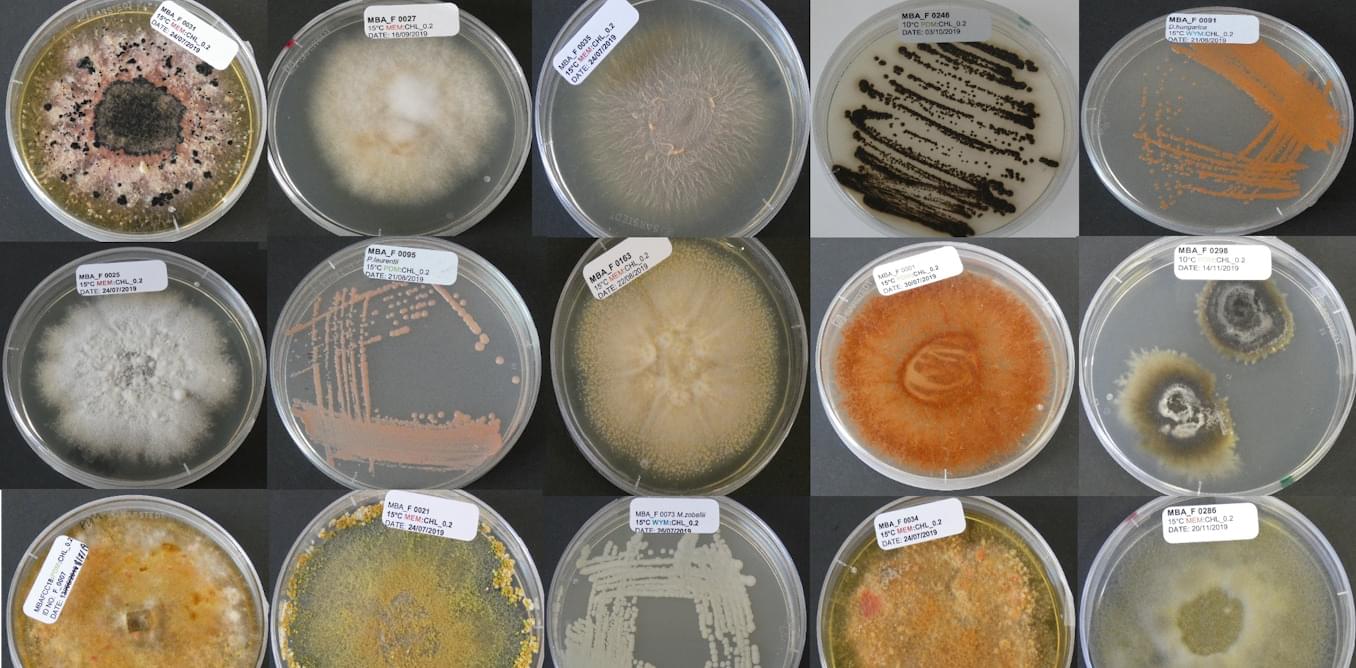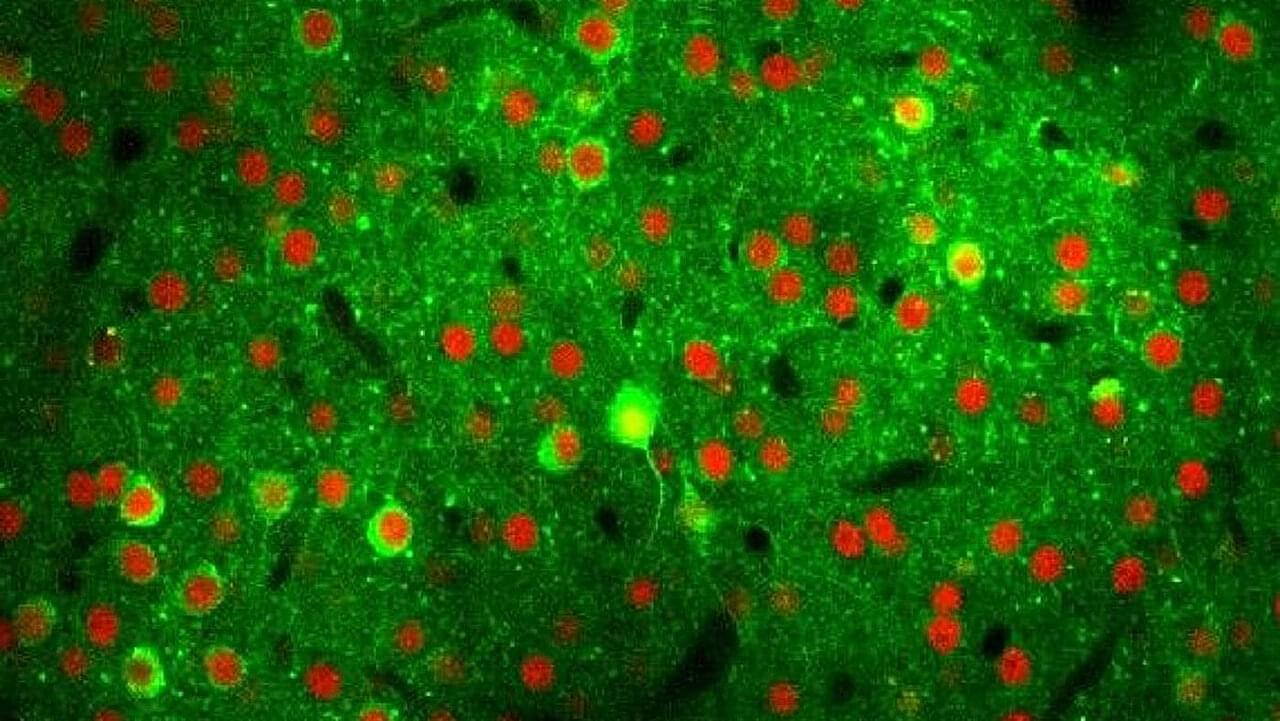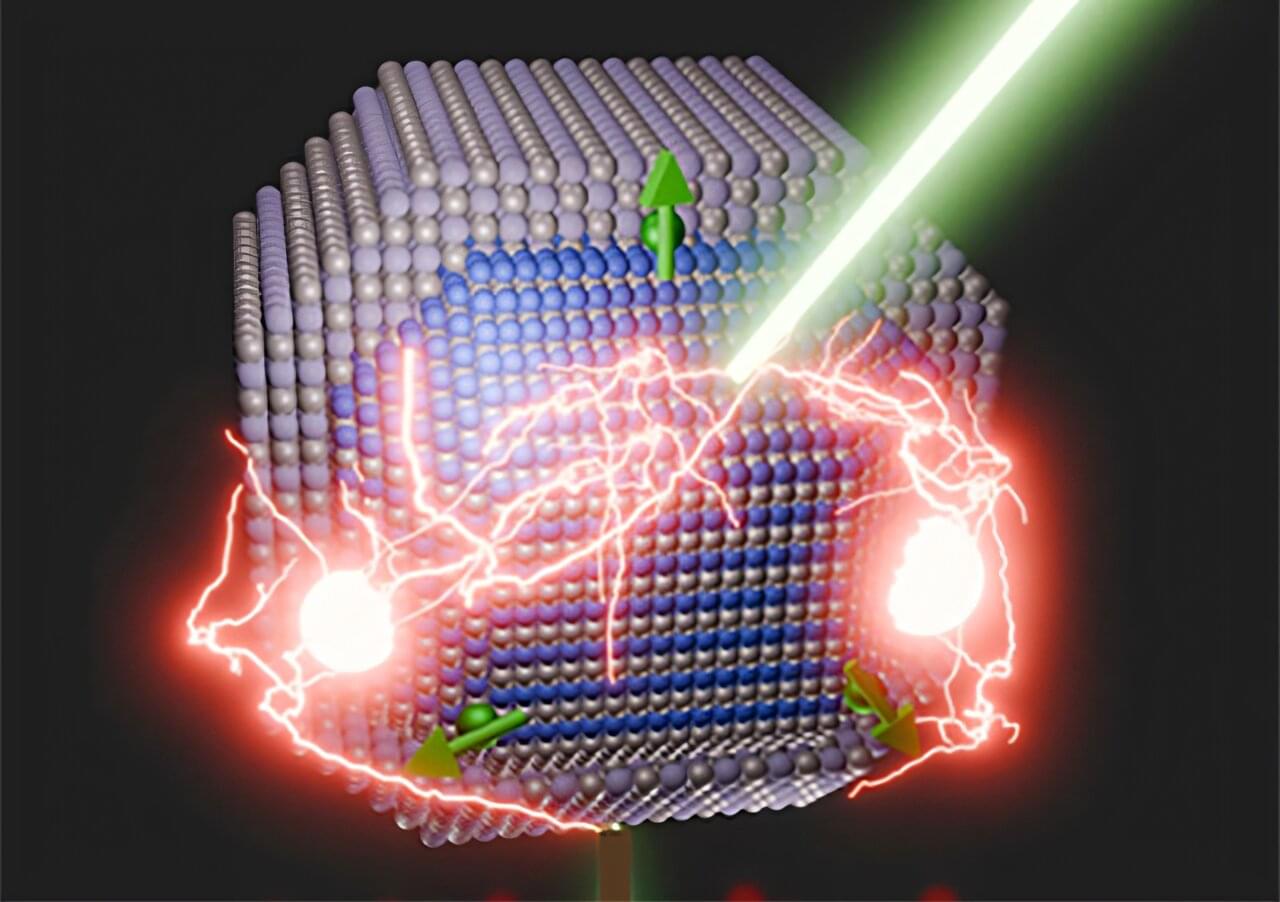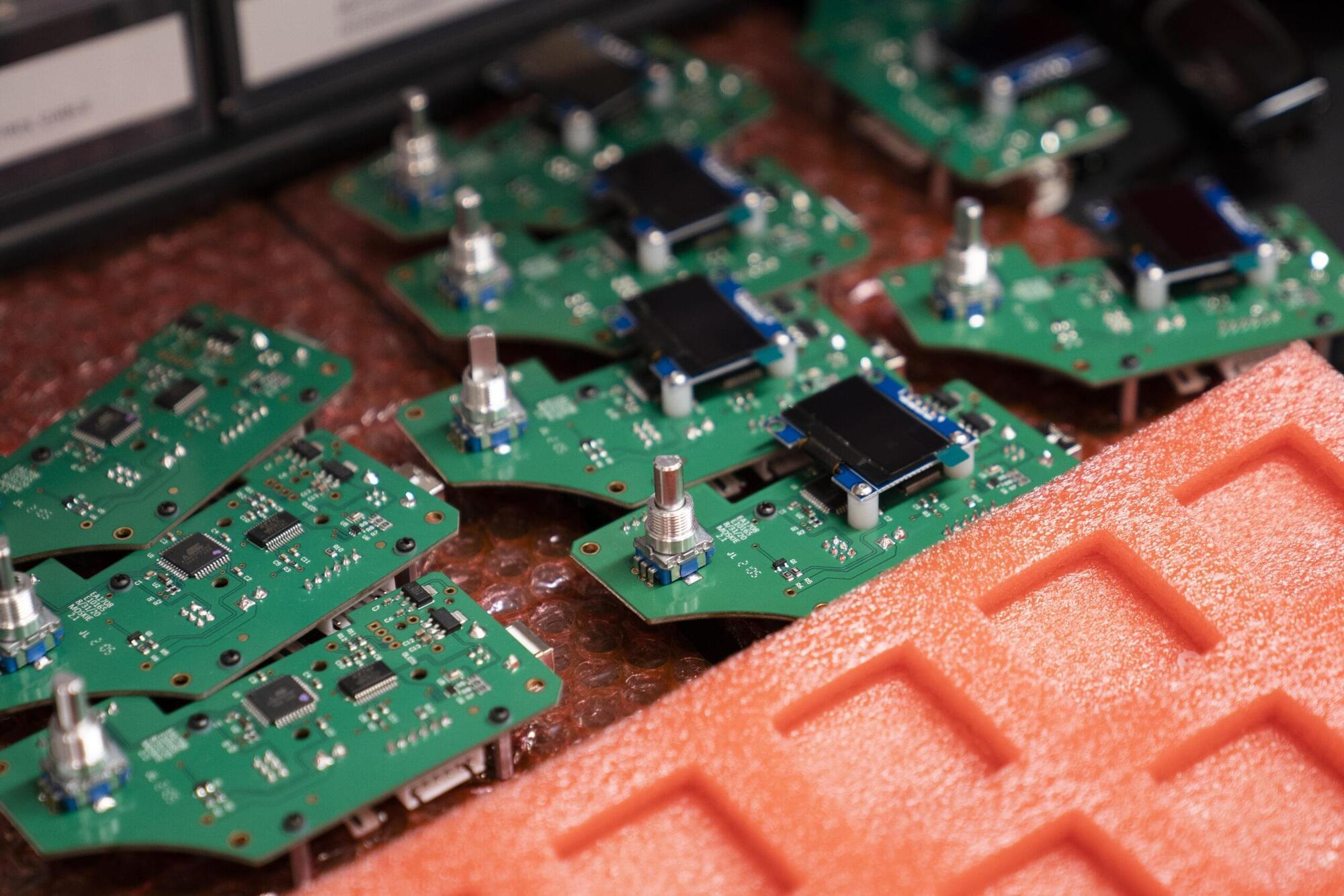A culture collection of more than 500 fungal strains from seawater, sediments and seaweeds is helping scientists better understand marine fungi.



How the brain largely maintains its function when neurons are lost—this is what researchers at the University Medical Center Mainz, the Frankfurt Institute for Advanced Studies (FIAS) and Hebrew University (Jerusalem) have deciphered. They show that neuronal networks in the cerebral cortex reorganize within a short period of time, with other nerve cells taking over the tasks of the lost neurons.
These findings could form the basis for future research into natural aging processes and neurodegenerative diseases such as Alzheimer’s or Parkinson’s. The study is published in the journal Nature Neuroscience.
Nerve cells (neurons) are the most important building blocks of the brain. They form the basis for all mental and physical functions such as thinking, feeling, movement, and perception. In the course of life, nerve cells in the brain can be lost for various reasons: They die off due to age-related processes, are damaged by toxins such as alcohol, or neurodegenerative diseases such as Alzheimer’s and Parkinson’s lead to a more rapid progressive loss of neurons.

Quantum dots are microscopic semiconductor crystals developed in the lab that share many properties with atoms, including the ability to absorb or emit light, a technology that Los Alamos researchers have spent nearly three decades evolving. Through carrier multiplication, in which a single absorbed photon generates two electron-hole pairs, called excitons, quantum dots have the unique ability to convert photons more efficiently to energy.
“Our work demonstrates how purely quantum mechanical spin-exchange interactions can be harnessed to enhance the efficiency of photoconversion devices or photochemical reactions,” says Victor Klimov, the team’s principal investigator at the Lab. “This not only deepens our fundamental understanding of quantum mechanical phenomena but also introduces a new paradigm for designing advanced materials for energy applications.”
In this latest research, published in the journal Nature Communications, Los Alamos researchers improved this ability by introducing magnetic manganese impurities into quantum dots. This novel approach to highly efficient carrier multiplication leverages ultrafast spin-exchange interactions mediated by manganese ions to capture the energy of energetic (hot) carriers generated by incident photons and convert it into additional excitons.


Researchers at the University of Adelaide have developed a new dry electrode for aqueous batteries which delivers cathodes with more than double the performance of iodine and lithium-ion batteries.
“We have developed a new electrode technique for zinc –iodine batteries that avoids traditional wet mixing of iodine,” said the University of Adelaide’s Professor Shizhang Qiao, Chair of Nanotechnology, and Director, Center for Materials in Energy and Catalysis, at the School of Chemical Engineering, who led the team.
We mixed active materials as dry powders and rolled them into thick, self-supporting electrodes. At the same time, we added a small amount of a simple chemical, called 1,3,5-trioxane, to the electrolyte, which turns into a flexible protective film on the zinc surface during charging.

Billions of years in the future on a very different Earth, the zombie parasite mushroom spreads from victim to victim without resistance.
On the shores of the acid sea a Honey Fire Ant meets its fate at the relentless mandibles of its infected brethren in this animated short created by T. Mikey and animated by Kevin Fanning.
The conflict continues in the pages of the 12-issue limited series, Quantum Binary: A Deep Time Botanical Paradox.
Available now at: https://quantumbinary.me.
Created and written by: T. Mikey.
Animation by: Kevin Fanning.
Music by: Infraction — No Copyright Music.

If you want to learn about the nature of physical reality, naturally, you would turn to physics. It would seem a bit contradictory to say that physics itself can mislead you about the nature of physical reality. Yet, this can actually happen, and let me explain.
For any physical theory, it is possible to mathematically formulate it in various different mathematically equivalent ways. Yet, some formulations of the theory may be more difficult to carry out calculations in than others. Naturally, physicists will gravitate towards the formalism that is the simplest to perform calculations in.
Before quantum mechanics, there was matrix mechanics as developed by Heisenberg. Matrix mechanics is mathematically equivalent to quantum mechanics, and so it gives all of the same predictions. When Schrodinger developed the modern formulation of quantum mechanics, he referred to it as wave mechanics to distinguish it from Heisenberg’s formulation.

As part of the expansion, Yaskawa will begin manufacturing robots in Franklin. The company purchased a more than 200,000-square-foot building in Franklin in 2023 for $20 million. The site was previously used by a packaging company.
The Wisconsin Economic Development Corp. is supporting the project with up to $18 million dollars in tax credits. Officials say the amount of credits awarded will be contingent upon hitting job creation and investment targets.
In a statement, Gov. Tony Evers said the expansion would bring millions of dollars of investment and hundreds of “high-quality” jobs to southeast Wisconsin.
